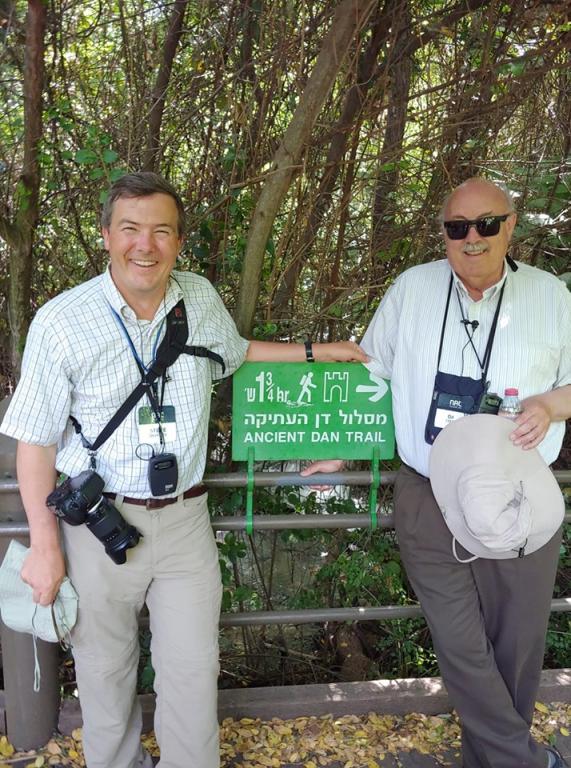
Because Cruise Lady: Latter-day Adventures kindly supports the Intepreter Radio Show — and because I know and like the folks at the company and have accompanied at least one tour for them each year for more than a decade — I give them some publicity here on my blog from time to time (for what little it’s worth). I’m hoping that people who appreciate the efforts of the Interpreter Foundation will, when they’re thinking of travels, consider Cruise Lady: Latter-day Adventures. (Steve Densley, who serves unpaid as executive vice president of the Interpreter Foundation, has also recently assumed the office of Chief Operating Officer and General Counsel for the company.)
And it just so happens that Martin Tanner, who coordinates and often hosts the Interpreter Radio Show, will be accompanying one of their tours from 6-21 April 2020:
Inspiring Full-Transit Panama Canal
Martin is engaging and very knowledgeable. I wish I could go.
***
Here, though, changing the subject altogether, are some notes extracted from a very recent article by a Professor Emeritus of Classics at the University of California at Berkeley: Robert Knapp, “How Magic and Miracles Spread Christianity,” Biblical Archaeology Review 46/1 (January-February 2020): 50-53:
The story of the rise of Christianity after the time of the apostles is often told on the level of bishops and archbishops, Christian scholars and writers, and Roman emperors, with their laws, decrees, and policies. This, says Robert Knapp, is “very misleading.” (50)
It wasn’t emperors who made Christianity. It was ordinary men and women. . . . In the ancient world, the cares and concerns of such people are mundane: How will I survive? Can I do more — can I flourish? The hazards of life, illness, accident, personal confrontations — is it possible to control these? My family, my ancestors, my offspring — how can I honor, protect, and strengthen them? (50)
By about A.D. 150, four generations after the crucifixion, all eyewitnesses (ordinary folk) were dead. The new Jesus-sect (also called the Way) had begun to be interpreted, spread, and controlled by an elite within the movement. These men, closely tied intellectually and culturally to the polytheist culture around them, were mostly concerned with touting Christianity using categories of thought and action familiar to educated Romans and Greeks. This “orthodox” (literally, “straight-thinking”), elite-conceived picture elided ordinary men and women in important ways.
Retrieving the early Christians and Christianity largely unseen by the orthodox version of the beginnings — essentially writing about “invisible Christians” — is hard because ordinary people are usually voiceless in the material that survives from antiquity. It is doubly hard because discussion of early Christianity is usually written in the almost indelible ink of elite discourse — both ancient and modern. (51)
In demonstrating the ability to direct supernatural power, Jesus and the early Christian apostles met polytheism on its own ground by focusing on the ability to help people deal with life’s contingencies and boasted that their Way showed itself superior. Jews, too, believed in miracles. They also could be convinced of the new sect’s legitimacy because miracles were a long-accepted proof of Yahweh’s power.
To the elite, who gradually gained control of orthodoxy, miracles were an embarrassment, evidence of everyday religiosity that circumvented their favorite method of discourse — increasingly erudite, abstract, and pagan-influenced explanations of the meaning of the crucifixion and resurrection. (53)
By the end of the third century, Knapp writes,
Perhaps as many as 10 percent of urban dwellers and 3 percent of rural inhabitants believed in some form of Christianity. In all likelihood, the movement would have continued as one option among many in the polytheist world — no better, no worse than others — appealing to a few, but hardly to all. (53)
The conversion of Constantine, however,
canceled that trajectory. Instead, Christianity became an imperial religion. Its appeal and spread no longer depended on meeting people’s needs through demonstrations of power. Top-down replaced bottom-up. (53)
This all seems to me quite compatible with Latter-day Saint teachings on a “Great Apostasy.”












